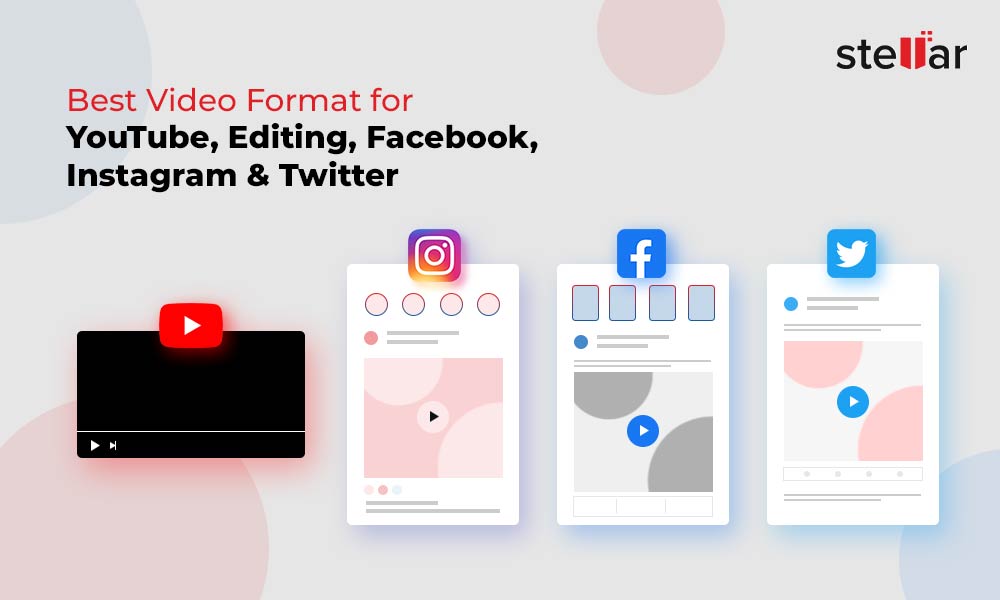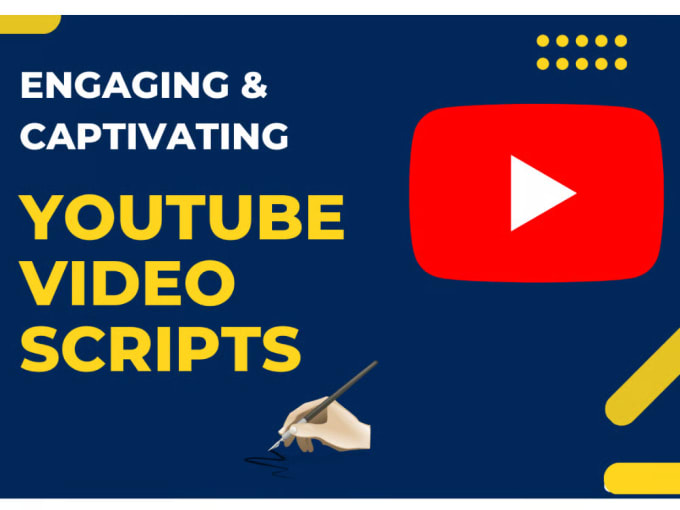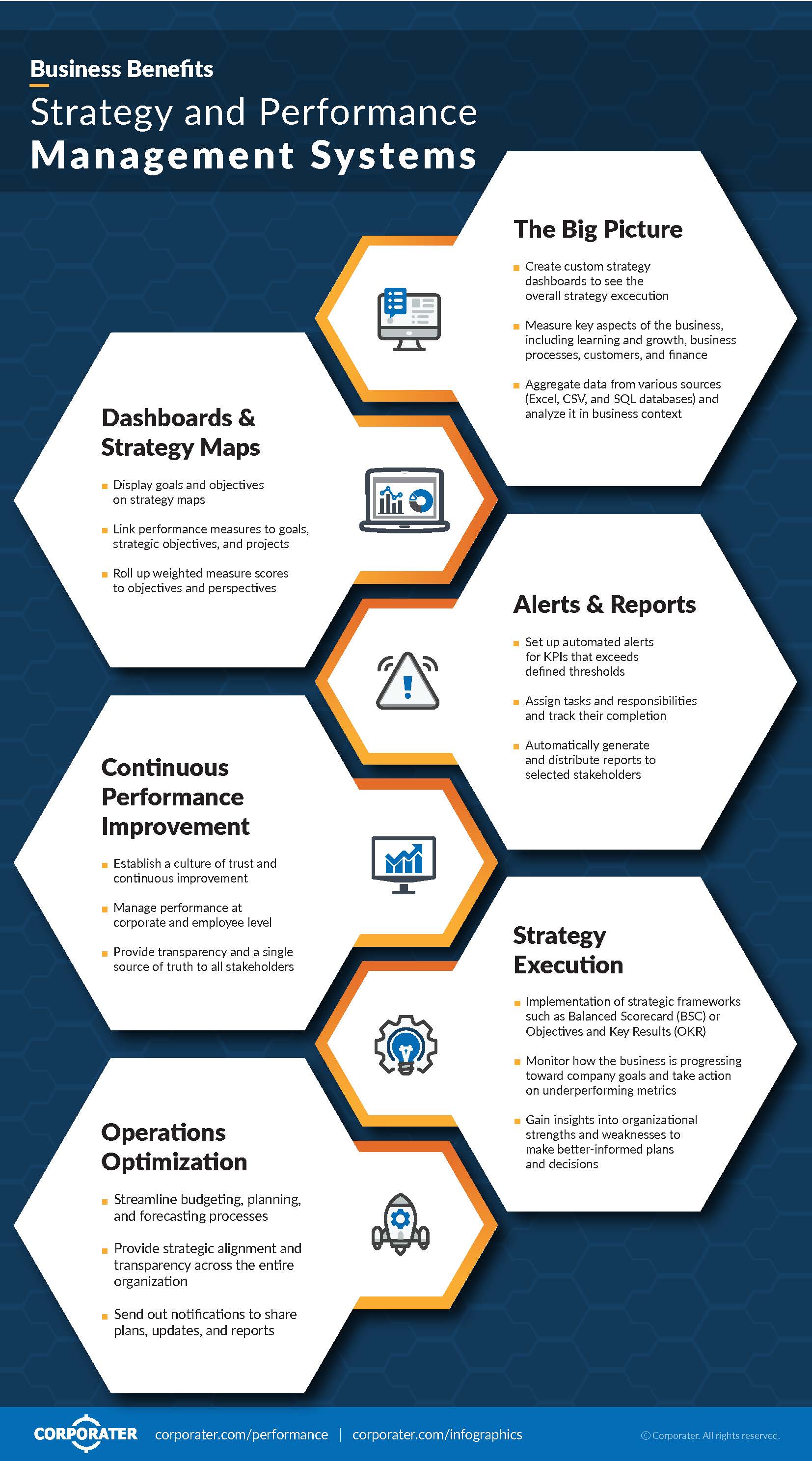Why Video Format Matters: Boosting Viewer Retention and Engagement
When it comes to creating successful YouTube videos, having a well-structured format is crucial. A good format can make or break a video’s success, impacting viewer retention, engagement, and overall watch time. In fact, studies have shown that videos with a clear and concise format are more likely to keep viewers engaged, with a significant increase in watch time and a decrease in viewer drop-off. This is especially important for creators looking to establish themselves on the platform and build a loyal following.
So, what makes a video format effective? For starters, it’s essential to consider the best format for YouTube videos, taking into account the platform’s unique characteristics and audience preferences. This includes creating content that is visually appealing, easy to follow, and engaging from start to finish. By doing so, creators can increase their chances of success and build a loyal following.
A well-structured video format typically includes a clear introduction, a concise and informative main section, and a conclusion that summarizes the key takeaways. This format provides a clear narrative arc, making it easier for viewers to follow along and stay engaged. Additionally, incorporating elements such as storytelling, visuals, and music can help to enhance the viewing experience and make the content more memorable.
By investing time and effort into crafting a well-structured video format, creators can reap the rewards of increased viewer engagement, improved watch time, and a stronger online presence. Whether you’re a seasoned pro or just starting out, understanding the importance of video format and how to create an effective one is crucial for success on YouTube.
Understanding Your Audience: Tailoring Your Content to Their Needs
Creating content that resonates with your target audience is crucial for success on YouTube. To develop a loyal following, it’s essential to understand who your viewers are, what they’re interested in, and what problems they’re trying to solve. By knowing your audience inside and out, you can create content that speaks directly to them, addressing their needs and concerns.
So, how do you get to know your audience? Start by researching their demographics, interests, and behaviors. Look at your YouTube Analytics to see who’s watching your videos, what they’re engaging with, and what they’re not. You can also use social media and online forums to gather feedback and insights from your target audience.
Once you have a better understanding of your audience, you can start creating content that addresses their pain points and interests. This might involve creating tutorials, how-to guides, or product reviews that solve a specific problem or meet a particular need. By creating content that resonates with your audience, you can build trust and establish yourself as an authority in your niche.
For example, if you’re creating content around the best format for YouTube videos, you might create a video that provides tips and tricks for optimizing video structure, or a tutorial on how to create engaging thumbnails. By creating content that addresses the specific needs and concerns of your audience, you can increase engagement, boost watch time, and build a loyal following.
Remember, understanding your audience is an ongoing process that requires continuous research and feedback. By staying attuned to their needs and concerns, you can create content that resonates with them and helps you achieve your goals on YouTube.
The Power of Storytelling: How to Create a Compelling Narrative
Storytelling is a powerful tool for engaging audiences and conveying complex information in a relatable and memorable way. When it comes to creating YouTube videos, incorporating storytelling techniques can help to capture viewers’ attention, build emotional connections, and make your content more relatable and engaging.
A well-crafted narrative arc is essential for creating a compelling story. This involves setting up a clear structure, including a beginning, middle, and end, and using transitions to guide the viewer through the story. By creating a narrative arc, you can build tension, create suspense, and keep viewers engaged until the very end.
Emotional connections are also crucial for creating a compelling story. By using emotional triggers, such as music, imagery, and personal anecdotes, you can create a deeper connection with your audience and make your content more relatable and memorable. For example, if you’re creating a video about the best format for YouTube videos, you could share a personal story about how you struggled to find the right format and how it impacted your channel’s success.
Another key element of storytelling is authenticity. Viewers can tell when you’re being genuine and authentic, and it’s essential to be true to your brand and values. By being authentic, you can build trust with your audience and create a loyal following.
Finally, it’s essential to keep your story concise and focused. With the average attention span of a YouTube viewer being just 8 seconds, it’s crucial to get your message across quickly and efficiently. By using clear and concise language, avoiding jargon and technical terms, and keeping your story focused, you can create a compelling narrative that engages and retains your audience.
Optimizing Your Video’s Introduction: Hooking Your Viewers from the Start
A strong introduction is crucial for grabbing viewers’ attention and setting the tone for the rest of the video. When it comes to creating the best format for YouTube videos, a well-crafted introduction can make all the difference in keeping viewers engaged and interested.
So, what makes a great introduction? First and foremost, it’s essential to create a hook that grabs viewers’ attention. This can be a provocative statement, a surprising statistic, or an interesting fact that sets the tone for the rest of the video. By creating a hook, you can pique viewers’ interest and encourage them to keep watching.
Another key element of a strong introduction is to clearly communicate the video’s purpose and scope. This involves providing a brief overview of what the video will cover and what viewers can expect to learn. By setting clear expectations, you can help viewers understand the video’s relevance and importance.
Visuals also play a critical role in creating a compelling introduction. Using high-quality images, graphics, and animations can help to enhance the video’s production value and make it more engaging. Additionally, incorporating music and sound effects can help to create a more immersive experience and set the tone for the rest of the video.
Finally, it’s essential to keep your introduction concise and focused. With the average attention span of a YouTube viewer being just 8 seconds, it’s crucial to get your message across quickly and efficiently. By keeping your introduction brief and to the point, you can create a strong foundation for the rest of the video and keep viewers engaged.
By incorporating these elements into your video’s introduction, you can create a compelling and engaging opening that sets the tone for the rest of the video. Remember, the introduction is the first impression viewers have of your video, so make it count!
The Role of Visuals: Enhancing Your Video with High-Quality Images and Graphics
Visuals play a crucial role in enhancing the engagement and overall production value of a YouTube video. When it comes to creating the best format for YouTube videos, incorporating high-quality images, graphics, and animations can help to capture viewers’ attention, convey complex information, and make the content more memorable.
High-quality images can help to add context and depth to your video, making it more engaging and informative. Using relevant and high-quality images can also help to break up the monotony of a talking head or screen recording, making the video more visually appealing.
Graphics and animations can also be used to enhance the video’s engagement and production value. Animated text, logos, and icons can help to add a professional touch to the video, while also making it more engaging and interactive.
When it comes to incorporating visuals into your video, it’s essential to consider the following best practices: use high-quality images and graphics, ensure they are relevant to the content, and use them sparingly to avoid overwhelming the viewer.
Additionally, consider using visual effects such as transitions, fades, and dissolves to enhance the video’s production value and make it more engaging. However, use these effects sparingly and only when necessary, as overusing them can make the video look amateurish.
By incorporating high-quality visuals into your video, you can create a more engaging, informative, and memorable experience for your viewers. Remember, the goal is to create a video that resonates with your audience and leaves a lasting impression.
Audio Quality Matters: Tips for Recording Professional-Sounding Audio
Good audio quality is essential for creating a professional-sounding video that engages and retains viewers. When it comes to creating the best format for YouTube videos, investing in quality audio equipment and editing software can make a significant difference in the overall production value of your video.
So, how can you record professional-sounding audio for your YouTube video? First and foremost, invest in a good quality microphone. A USB microphone is a great option for beginners, as it’s easy to use and provides good sound quality. Additionally, consider investing in a pop filter to reduce plosive sounds and a windscreen to reduce background noise.
When it comes to recording audio, make sure to choose a quiet and distraction-free environment. Avoid recording in areas with high levels of background noise, such as near a highway or in a busy office. Instead, opt for a quiet room with minimal distractions.
Once you’ve recorded your audio, it’s essential to edit it for optimal results. Use audio editing software such as Adobe Audition or Audacity to remove any background noise, adjust the levels, and add effects such as reverb or compression.
Finally, consider investing in a good pair of headphones to monitor your audio. This will help you to catch any mistakes or issues with the audio and make adjustments accordingly.
By investing in quality audio equipment and editing software, you can create a professional-sounding video that engages and retains viewers. Remember, good audio quality is essential for creating a video that resonates with your audience and leaves a lasting impression.
Editing for Engagement: How to Keep Your Viewers Hooked
Editing is a crucial step in the video creation process, and it plays a significant role in keeping viewers engaged. When it comes to creating the best format for YouTube videos, editing can make or break a video’s success. A well-edited video can keep viewers hooked from start to finish, while a poorly edited video can lead to a high drop-off rate.
So, how can you edit your video to keep viewers engaged? First and foremost, pay attention to pacing. A well-paced video can keep viewers engaged, while a slow-paced video can lead to boredom. Use a mix of fast-paced and slow-paced sections to keep viewers interested.
Transitions are also essential for creating a captivating video. Use transitions to move from one section to another, and to add visual interest to your video. However, use transitions sparingly, as too many transitions can be distracting.
Music is another important element of editing. Use music to set the tone for your video, and to add emotional depth. However, make sure to choose music that is relevant to your content, and that doesn’t overpower the audio.
Finally, pay attention to the overall flow of your video. Use editing to create a cohesive narrative, and to guide viewers through the video. Use a mix of different editing techniques, such as cutting, dissolving, and fading, to create a visually interesting video.
By paying attention to pacing, transitions, music, and flow, you can create a captivating video that keeps viewers engaged. Remember, editing is a crucial step in the video creation process, and it can make or break a video’s success.
Measuring Success: Analyzing Your Video’s Performance and Adjusting Your Strategy
Once you’ve created and published your video, it’s essential to analyze its performance to understand what’s working and what’s not. YouTube Analytics provides a wealth of information about your video’s performance, including engagement, views, and earnings.
By analyzing your video’s performance, you can identify areas for improvement and adjust your strategy accordingly. For example, if you notice that your video is getting a lot of views but not many engagement, you may need to adjust your title, tags, or description to make it more appealing to viewers.
YouTube Analytics also provides information about your audience, including demographics, interests, and behaviors. By analyzing this data, you can gain a deeper understanding of your target audience and create content that resonates with them.
In addition to YouTube Analytics, you can also use other tools to measure the success of your video. For example, you can use social media analytics tools to track engagement and conversions, or you can use A/B testing tools to test different versions of your video and see which one performs better.
By analyzing your video’s performance and adjusting your strategy accordingly, you can create a more effective video marketing strategy that drives real results. Remember, the key to success on YouTube is to continually test, measure, and optimize your content to meet the evolving needs of your audience.
By following these tips and best practices, you can create a video that resonates with your audience and drives real results. Whether you’re a seasoned marketer or just starting out, creating a successful YouTube video requires a combination of creativity, strategy, and analysis.








